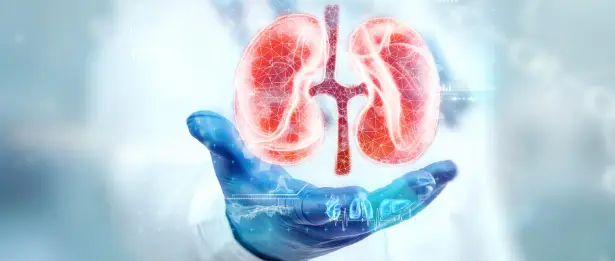Stem Cell Applications in Urology

What is Stem Cell Therapy for Urology?
In the field of urology, successful results have been reported with the use of stem cells in pathological processes such as kidney diseases, bladder disorders, urinary incontinence disorders, erectile dysfunction and acquired penile curvature. In particular, in recent years, it has been observed that renal and intravenous stem cell applications benefit patients with kidney failure who do not yet need dialysis.
In addition, we know that direct stem cell applications conjugated with fat tissue to the structure called the sphincter that controls the bladder can largely solve the problem of urinary incontinence. Finally, it has been shown in many studies that suitable patients respond positively to stem cell applications in pathological processes known as erectile dysfunction, which develops especially due to diabetes, and is known as impotence among the public.
How Does Stem Cell Therapy Work in Urinary Incontinence?
Urinary incontinence, or "Urinary Incontinence" as it is called in medicine, is a common problem regardless of gender or age. It is more common in older ages and especially in women. Although there are many reasons, regenerative cell treatments can be successful especially in cases of central or peripheral nervous system damage, weakness of pelvic muscles, loss of urine retention ability of external urethral sphincter muscles consisting of striated muscle, loss of storage or emptying ability of bladder. It is possible to get rid of these problems with regenerative cell treatments to be applied.
Regenerative cells obtained from fat tissue taken from the abdomen are injected into the area to be repaired. Stem cells can reach the damaged area and support the repair of the damaged area with their features such as preventing cell death, transforming into tissue cells, repairing nerve conduction, and encouraging vascularization.
Why is Stem Cell Treatment Applied to the Penis?
As a result of sexual stimulation, the hormonal and nervous system is activated and blood flow to the penis through arteries increases with the effect of some mediators secreted in the penis. The spongy tissue (corpus cavernosum) in the penis is filled with blood and blood pressure increases. In the meantime, the veins in the tissue close, and the backflow of blood stops. Thus, erection is achieved.
Erectile dysfunction can be caused by damage to the nervous system, blockage or narrowing of arteries, damage to spongy tissue or leakage in veins. Success can be achieved with regenerative cell treatments in these problems, and patients can have a better quality of life. The fat tissue taken from the patient's abdomen is subjected to a series of processes, the regenerative cells are separated and multiplied, and then applied to the patient again. The regenerative cells can allow the repair of the tissue in the damaged area, the damaged vascular endothelial cells and the molecules they secrete, as well as the nervous tissue.